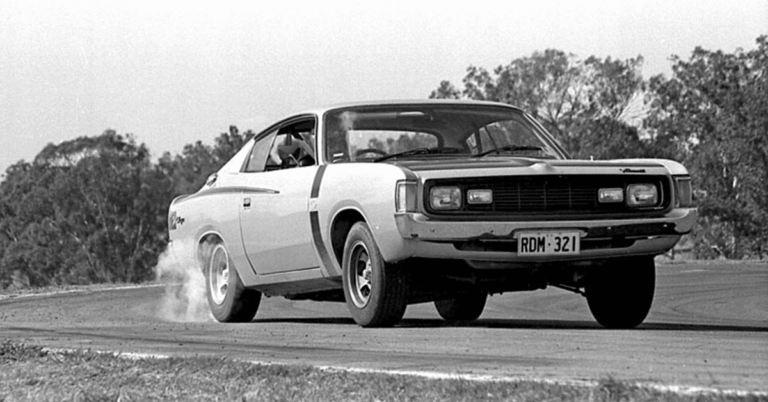Many of us car enthusiasts have long been subjected to jestful accusations of loving our cars more than our partners. Granted, a compelling argument can be framed for that side of the debate, but there is also a curious similarity in the way these two special relationships develop. Initially, we are attracted to outward appearance, but fondness is only founded if we connect with the personality under the skin.
Think of great car designs and we instantly visualise beautiful exterior body shapes. As any marketing guy will tell you, customer arousal begins with a great-looking exterior. But after that first, luring glance, the immediate compulsion is to reach for the door handle and leap into the driver’s seat. Since when it comes to cars, we spend nearly all of our time inside our cars, the true and lasting impression is determined mostly by this tactile interaction.
Like exteriors, car interiors quickly evolved from purely functional spaces to cocoons of style, comfort and luxury.
The freedom of travel was often associated with privilege, so it follows that those who could afford cars would also be willing to pay a premium for a cossetted ride. Accordingly, we saw many beautifully appointed interiors as early as the 1930s.

The use of rich materials like timber, leather and shiny metal abounded with art-deco flair. Fascinatingly, still today these materials form the go-to palette when designing luxury interiors. Some combinations are timeless and this powerful trio is yet to be usurped.
Like beautiful wrist watches, early analogue gauges evoked a sense of precision and craftsmanship with finely detailed dial faces, elegant needles and polished metal bezels. Surrounded by lacquered timber or turned-metal backplates, dashboards were technical works of art. Sumptuously padded seats with feature stitching created a club-style ambience and conferred a sense of glamour on motor-car journeys.
Some say the styling of the 1950s was often kitsch but you must admire the flamboyant creativity of this decade. Inspired by aerospace technology, dashboards imagined futuristic fighter-cockpits. Large chrome bezels, colourful anodised dial faces, finely detailed control knobs and speaker grilles are the hallmarks of this space-age period.

Plastics have long played a part in car interiors but by the 1970s most instrument panels were predominantly black plastic mouldings with padded uppers, as styling trends centred on a more functional, ergonomic focus. German interiors were pared back with methodical control layouts and simple, clear graphics. Many carmakers would seek to emulate this Teutonic style but didn’t always succeed.
Long before ‘infotainment’ entered the automotive lexicon, audio technology had always been a key element of car interiors; from valve radios to 8-tracks and cassettes. By the 1980s, with the advent of CD players, graphic equalisers and digital displays, car interiors began to resemble recording-studio consoles. Indeed, this trend would continue for decades, as the sum of buttons, controls and displays became the unabashed emblem of status.
Ironically, this is where we have seen the greatest shift in modern interior design. That overwhelming array of buttons and dials has been replaced by minimalist colour screens, albeit with equally befuddling drop-down menus. The internal brain connects to satellites for communication and direction, as we converse on a first name basis with our cyber-navigator.

Car interiors are extremely complex environments and the live-in experience must appeal to nearly all of our senses; touch, sight, smell and sound. We expect our mobility to come with lounge-room amenity. People often say they just want a car to get them from A to B, but really, they want everything from A to Z included.
After safety, the modern car interior must deliver the highest levels of comfort, convenience and connectivity.
Oh, and cupholders.
Richard Ferlazzo is the former GM Holden Design Director
We recommend
-
 Features
FeaturesOpinion: retro design will keep cars fun
Morley on why we’ll have to look to our past for fun in the future
-
 Features
FeaturesOpinion: What was Australia’s car design golden age?
Former GM design boss considers the ‘glory days’ of Aussie automotive design
-
 Features
Features9 weird and wonderful interiors
These unforgettable cockpits were either oh-so-right, or oh-so-wrong





